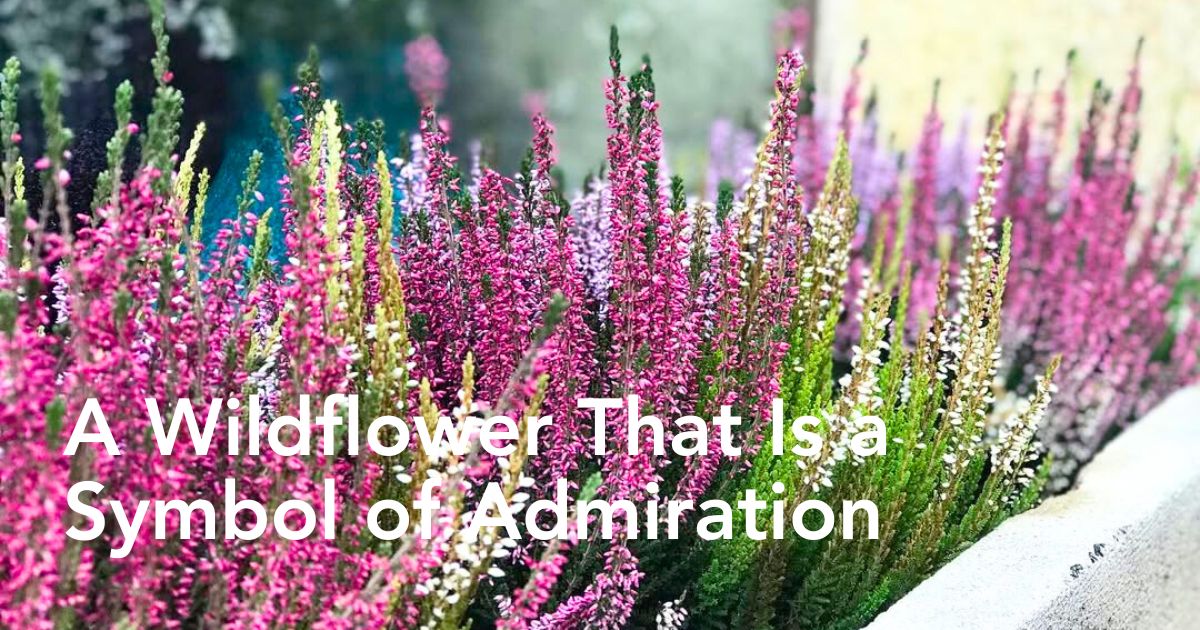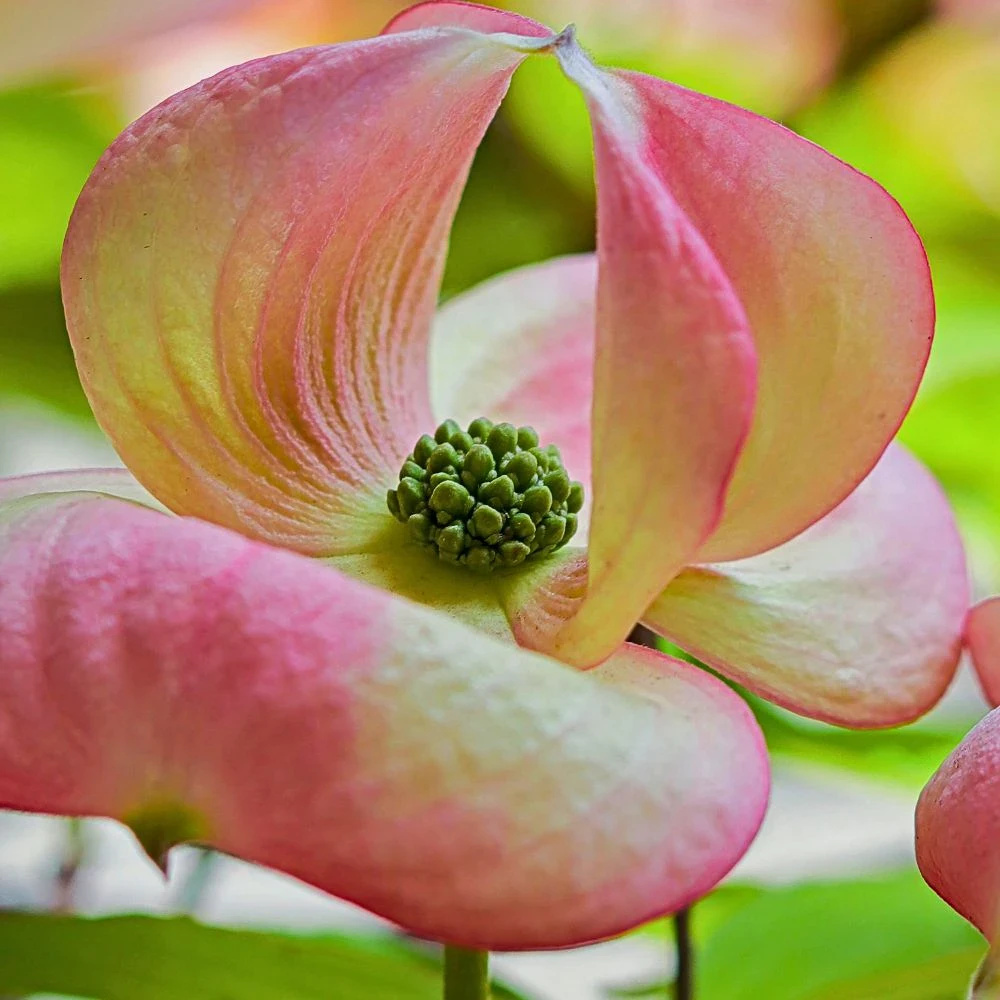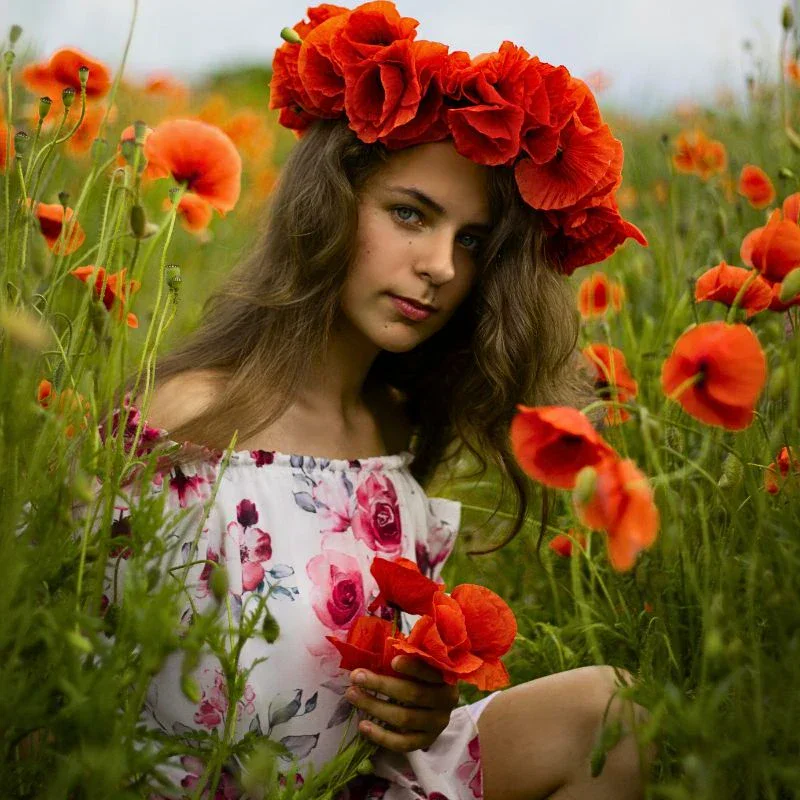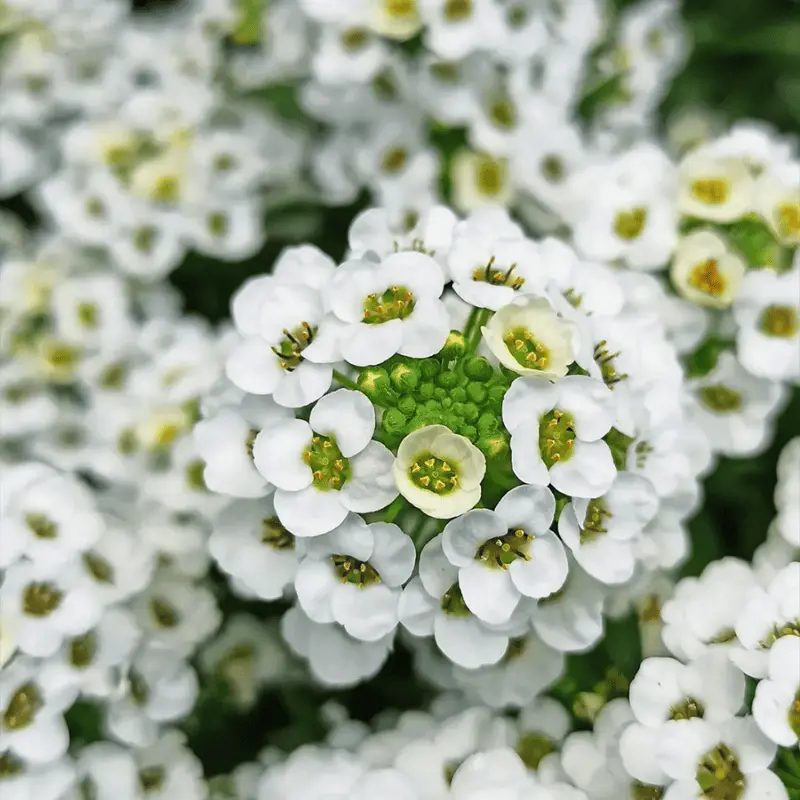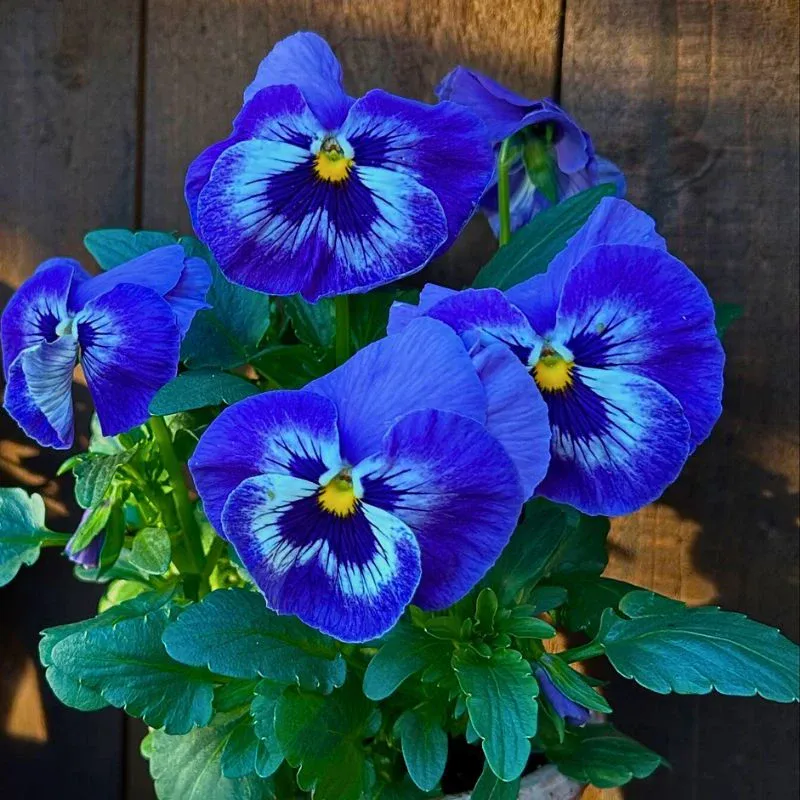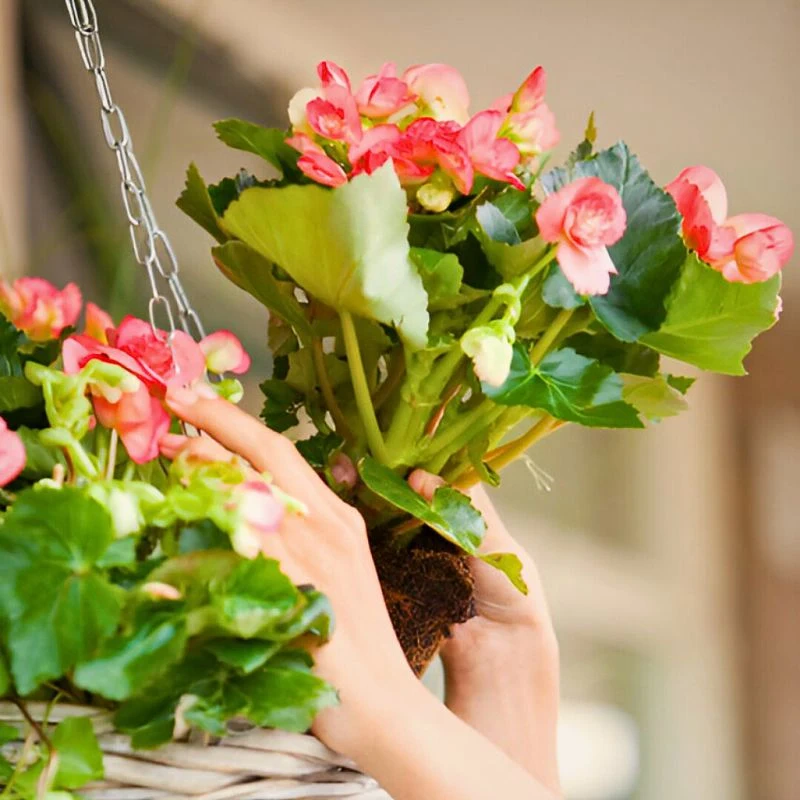The heather flower meaning goes beyond just a pretty flowering plant in the wild. Often, it is found painting hillsides with soft pinks and purples, carrying stories of luck, protection, and admiration. But there’s more to it than meets the eye! Did you know that in some cultures, gifting heather means you’re wishing someone courage or celebrating their independence? Whether you’ve stumbled upon it on a countryside walk or spotted it in a trendy bouquet, understanding the heather flower meaning adds a whole new layer to its appeal. So, in this article, you'll explore more into the tales, traditions, and fun facts that make this flower far more fascinating than you’d expect.
Heather Flower Meaning - The Flower of Resilience and Renewal
The heather flower’s meaning comes from its genus name, Calluna vulgaris, which stems from the Greek word kalluno, and means to cleanse or adorn. This is appropriate, as heather plants were once used for making brooms. They are commonly grown in northern and western Europe, Turkey, and Morocco, and have been naturalized in parts of North America. It is especially popular in Scotland, hence why they're known as flowers that hold secrets from the Scottish hills. The name heather is believed to come from the Scottish word haeddre, which was used to describe a heathland or a shrubland habitat.
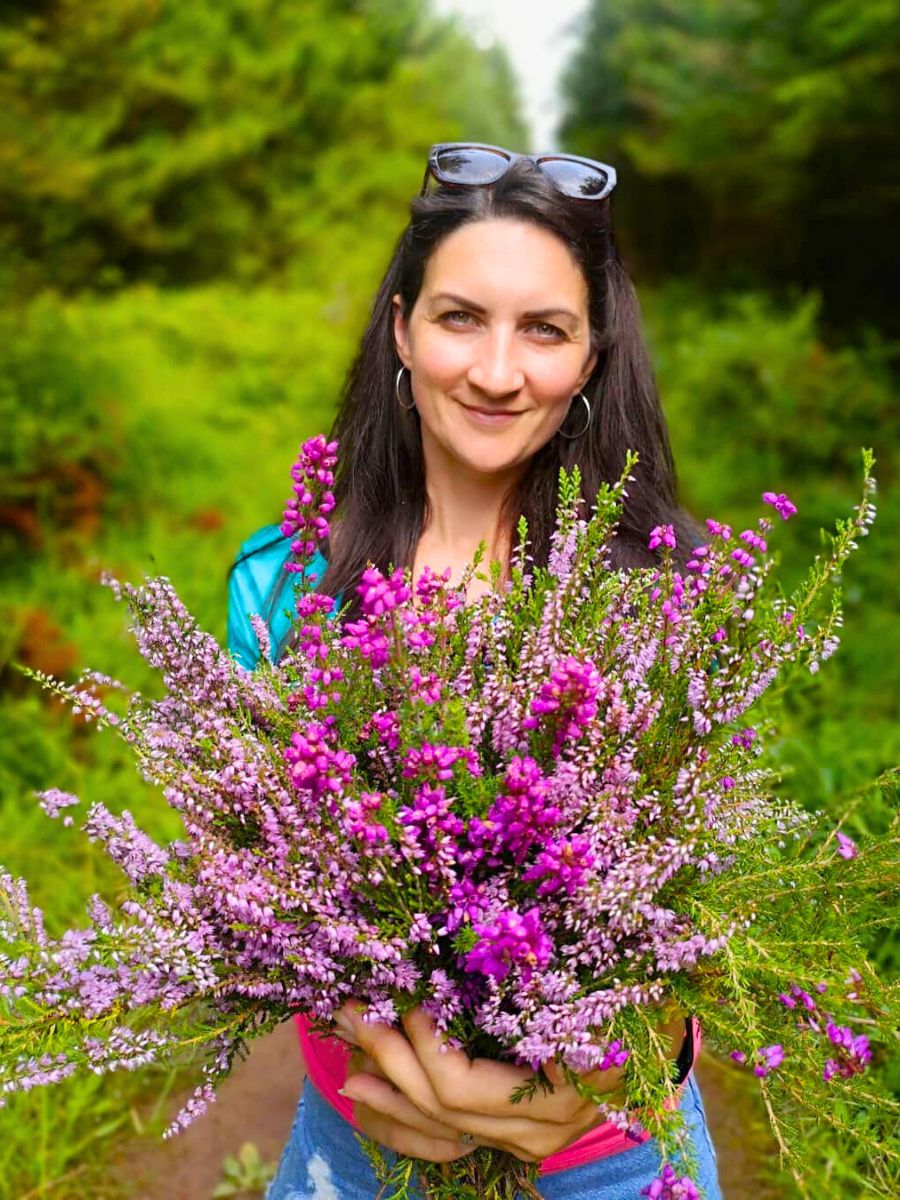
Photo: @flowerbeautyfloralart
According to a Scottish legend, Malvina, daughter of a Celtic bard, was engaged to a warrior named Oscar. Oscar was killed in battle, and the messenger that delivered the news gave her heather as a token of Oscar’s love. As her tears fell on the heather, it turned white. Though she was sad, she wished happiness on others and hoped that anyone who found white heather would have good luck.
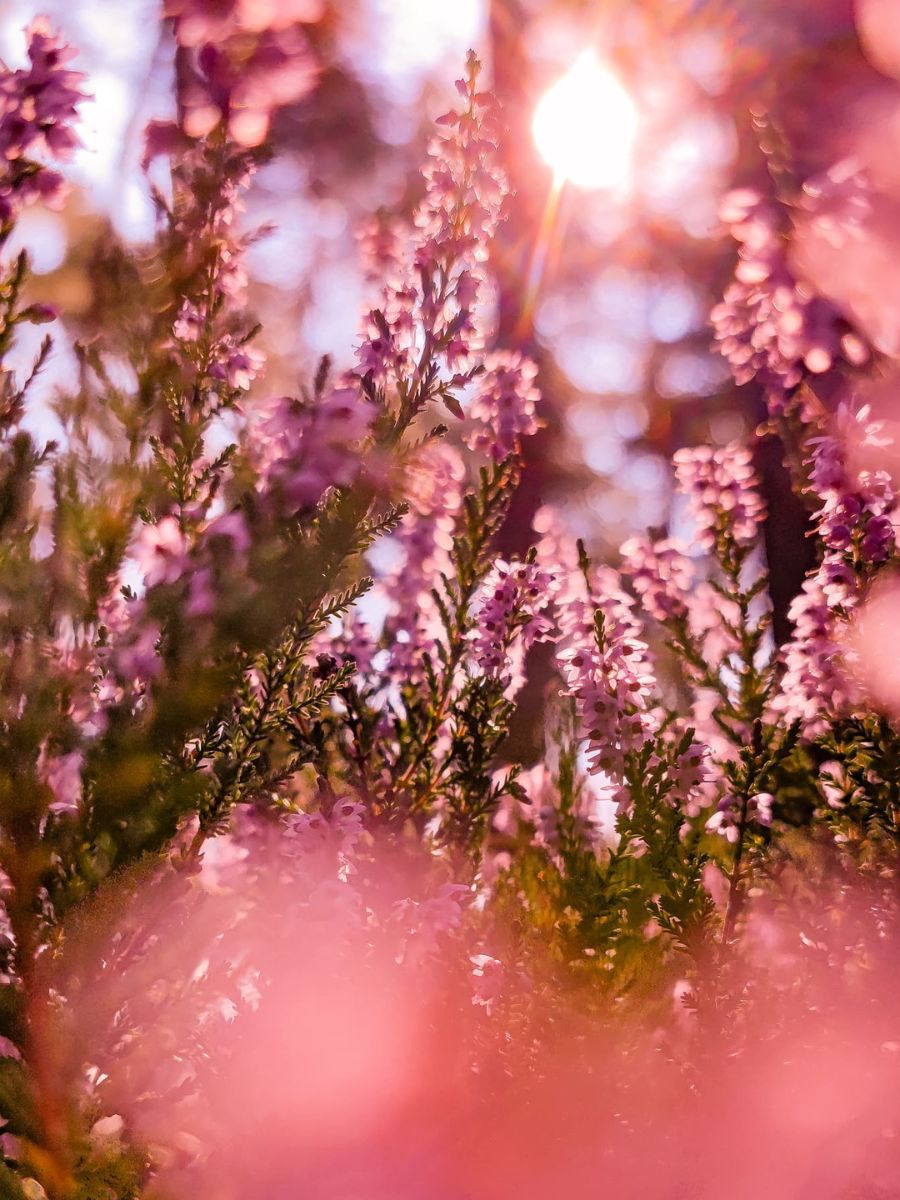
Photo: @ph.oto_werk
Heather Meaning Flower Around the World
Heather flowers hold rich and diverse meanings across cultures, commonly symbolizing good luck, admiration, and protection. Beyond their delicacy, they carry centuries of folklore and cultural significance, woven into traditions from Scotland to Scandinavia and beyond.
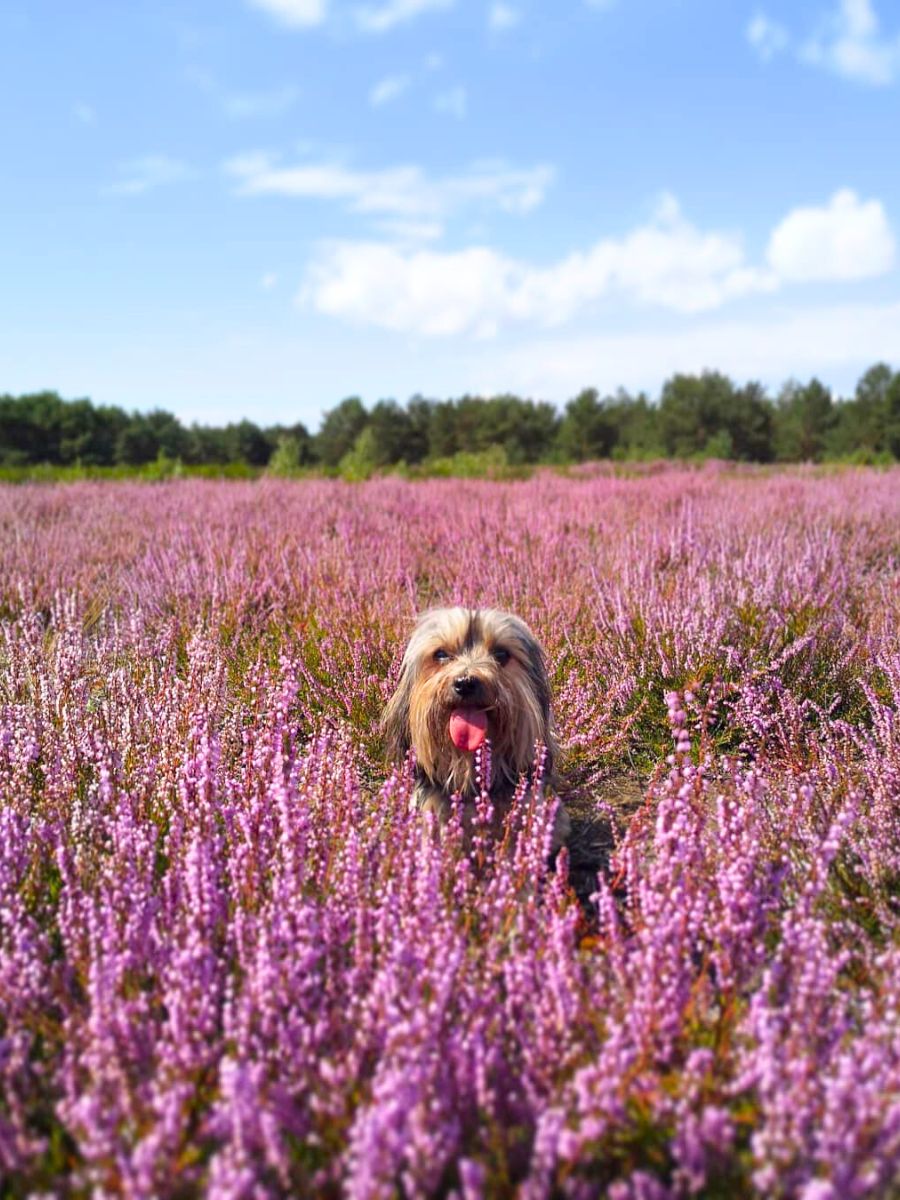
In England, the popularity of heather as a symbol of good luck can be attributed to Queen Victoria. Her deep appreciation for Scottish lore and traditions helped spread the belief that heather brings good fortune. During the Victorian era, they were scarce, which made it all the more precious. This rarity linked it to luck, much like the modern-day perception of the four-leaf clover. Victorians often used them in bouquets and home décor, believing it would invite positivity and prosperity.
In Scotland, heather’s symbolism runs even deeper. It is a common tradition to include a sprig of white heather in a bride’s bouquet to bless the union with good luck. The origins of this custom are steeped in legend. In the sixteenth century, the Clan Ranald, a powerful Scottish clan, believed that they secured victory in battle because they wore white heather in their bonnets. This act came to represent both luck and protection, with white ones symbolizing peace and safe passage. The Scottish Highlands are often carpeted with blooming Calluna vulgaris, making it an integral part of local folklore, with stories suggesting that white heather grows only on the graves of fairies, further cementing its mystical reputation.
In Ireland, heather is linked to spiritual protection and dream fulfillment. Celtic traditions hold that heather, particularly purple varieties, can open gateways between the physical and spiritual worlds. It was often used in rituals and as a protective charm against evil spirits. The Irish believed that carrying or planting them near the home would guard against misfortune and encourage the realization of personal dreams.
In Norway and Sweden, where heather thrives in the wild landscapes, the plant is associated with resilience. Scandinavian myths and tales relate to heather’s ability to flourish in harsh conditions, symbolizing strength and survival. In these countries, they are often seen as a reminder of the ability to overcome adversity, making it a favored plant in gardens and homes alike.
In Germany, heather carries connotations of admiration and solitude. German romantic poets often referenced heather fields as places of reflection and inspiration. It was believed that walking through blooming heathers could inspire clarity of thought and creative breakthroughs. Additionally, some German communities used them in healing rituals, believing that it possessed properties that could cleanse and rejuvenate the spirit.
In Russia, their meaning is connected to romantic devotion. Russian folklore includes tales of lovers exchanging heather as a symbol of commitment. The plant’s hardiness in cold climates made it a metaphor for lasting love, capable of withstanding even the harshest winters.
Interestingly, in New Zealand, where heather was introduced during European colonization, it has taken on more ecological than symbolic significance. However, it remains admired for its beauty and is sometimes incorporated into floral arrangements to represent a connection to European heritage and traditions.
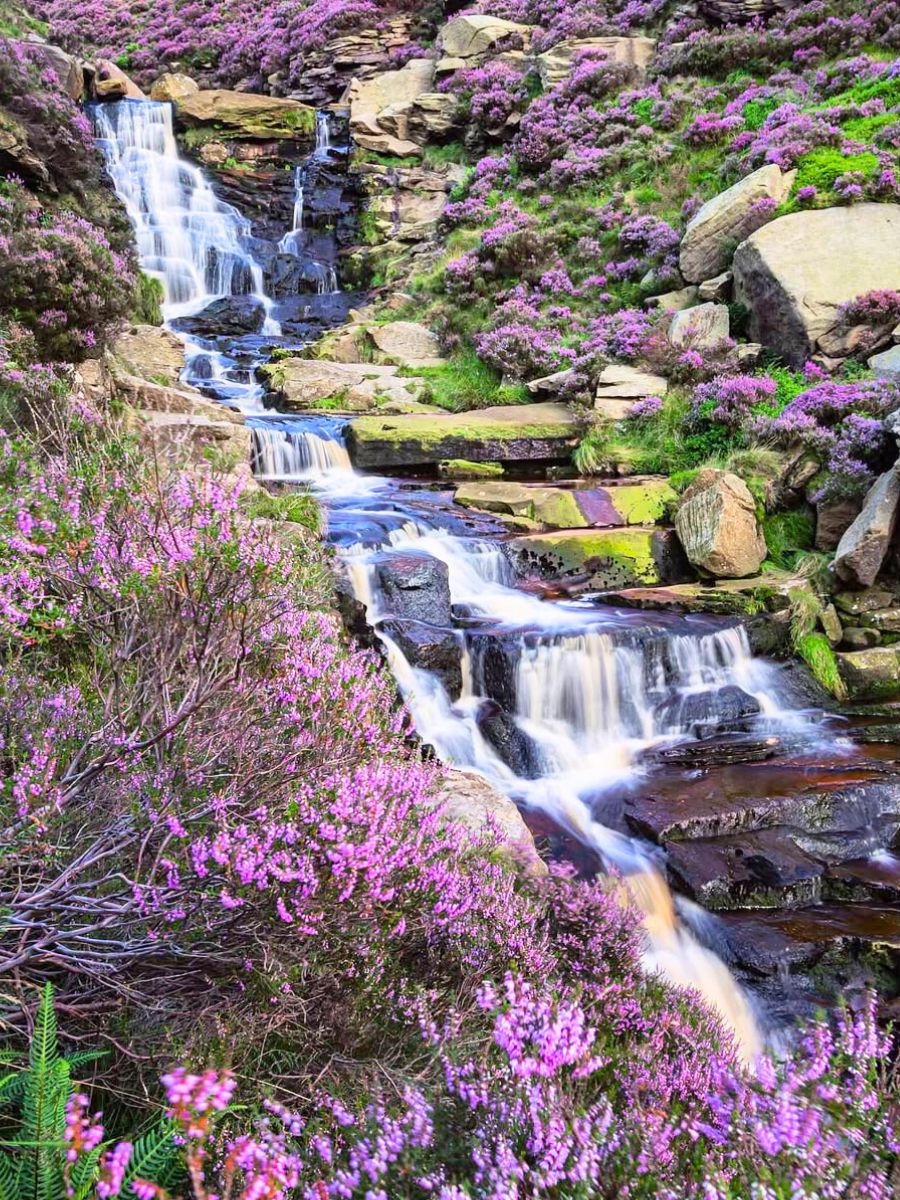
Heather Flower Meaning and Colors - Symbolisms Across the Spectrum
The heather flower meaning carries rich cultural symbolism, with each color adding a special layer of significance. Across regions like Scotland, England, Ireland, and beyond, they are cherished for their beauty and deeper meanings. From good luck charms to expressions of admiration and love, each color tells a story worth exploring.
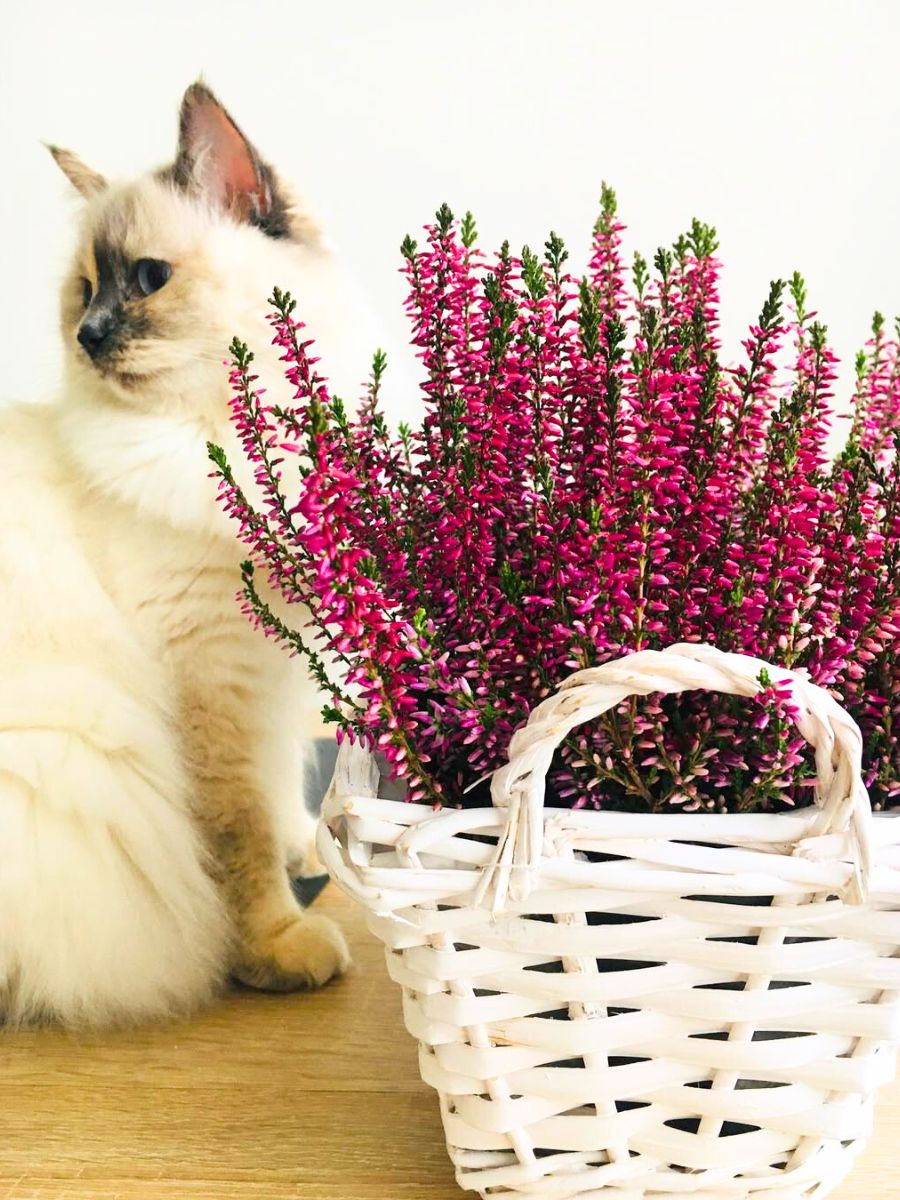
Photo: @perla_ragdoll
White Heather - Good Fortune, Protection, and Wishes Fulfilled
White heather is universally regarded as a symbol of good luck and protection. In Scottish tradition, it is often included in bridal bouquets to bless marriages with prosperity and happiness. The association of white heather with wishes coming true stems from ancient folklore, where it was believed that finding white heather in the wild was a rare and fortunate event. Clan Ranald’s story from the sixteenth century also contributes to its reputation; they credited white heather in their bonnets for granting them protection and victory in battle. Today, they continue to be seen as a protective talisman and a sign of good things to come.
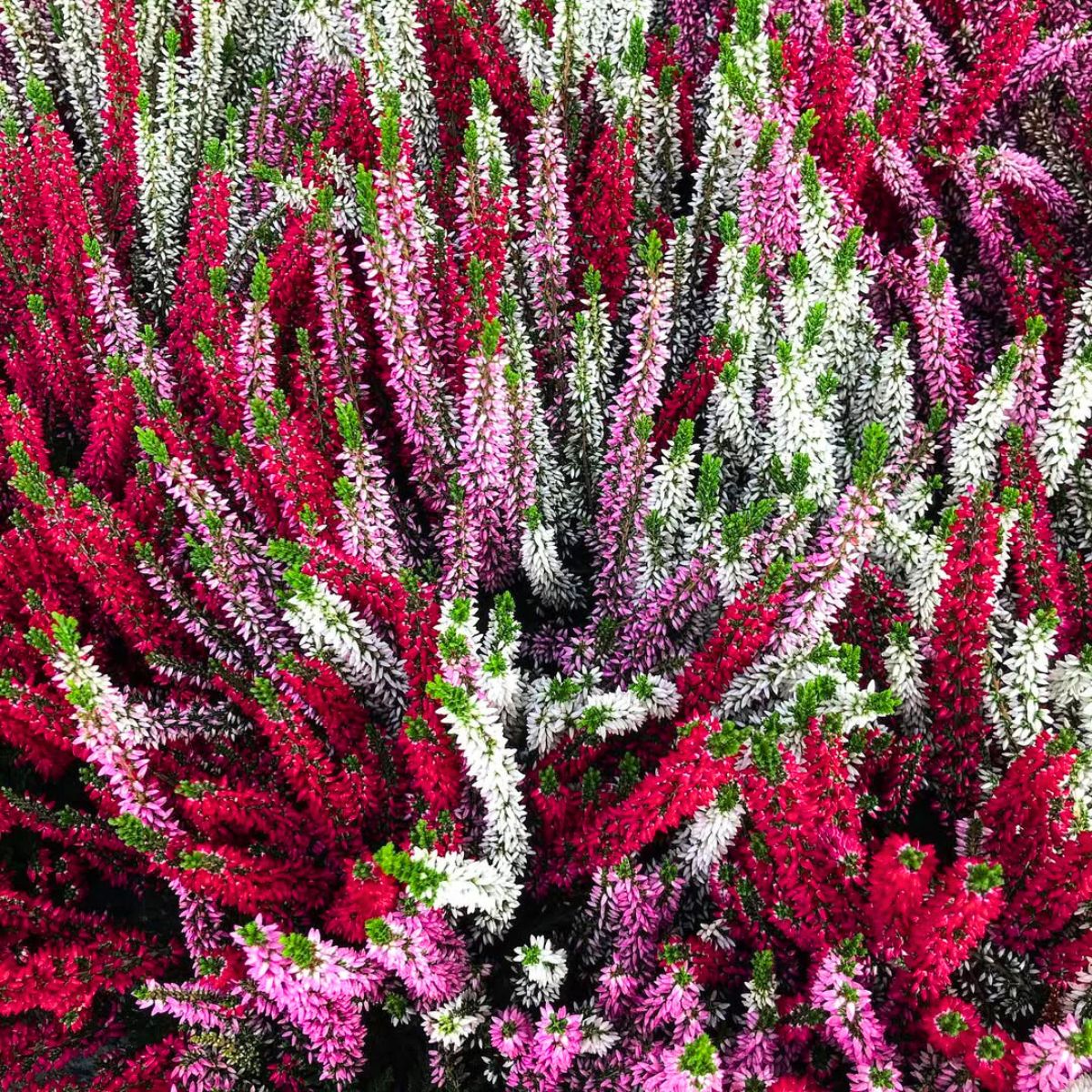
Purple Heather - Admiration, Beauty, and Solitude
Purple heather carries a sense of mystery and elegance. It represents admiration and beauty, often given to convey a deep respect for someone's qualities. These purple flower's meaning extends to solitude and independence, reflecting the plant’s resilience in harsh environments. This color’s significance resonates in regions like Ireland and Northern Europe, where it is appreciated for its quiet strength. The color also links to spiritual growth and introspection, making purple heather a thoughtful gift for someone hopping on a personal journey.
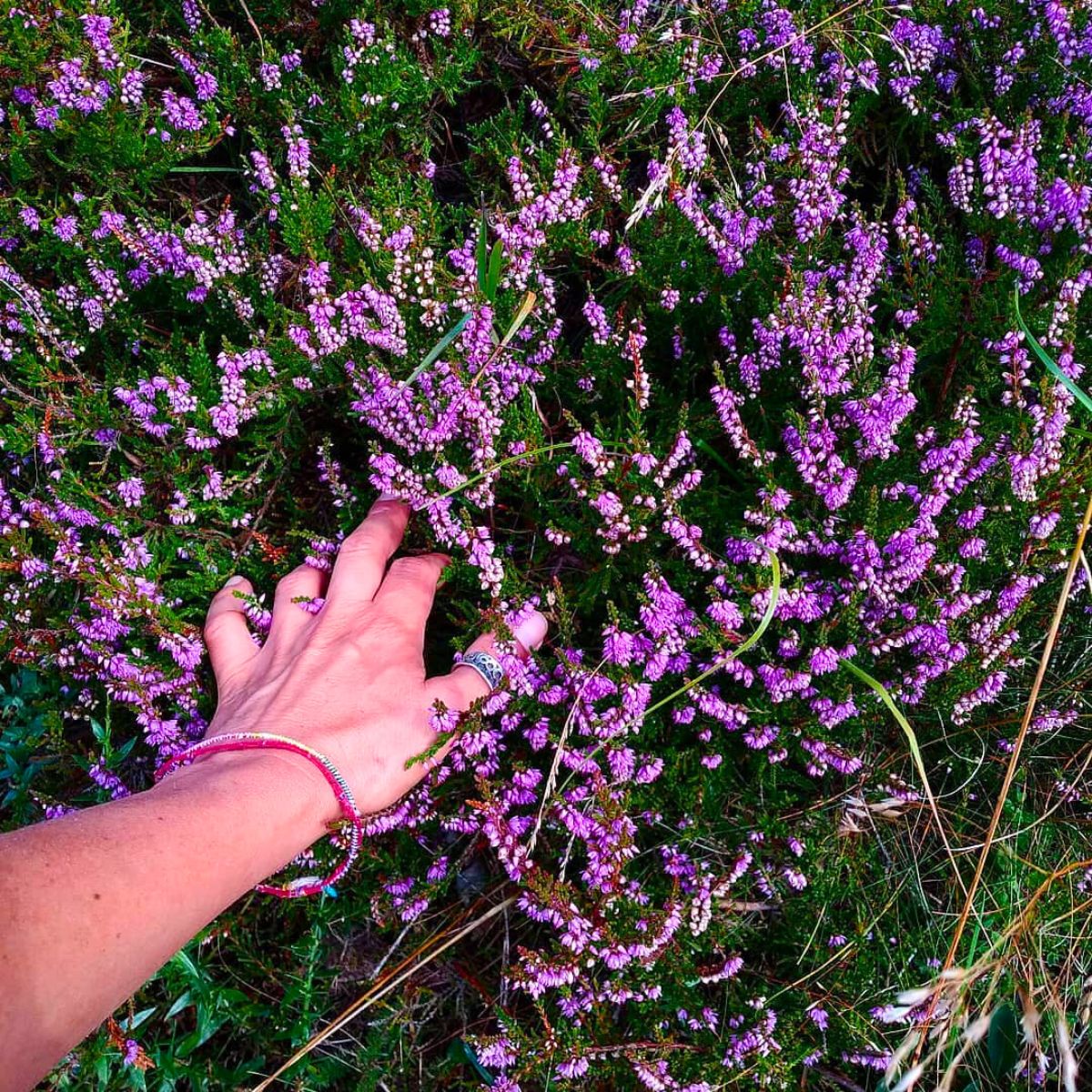
Pink Heather - Love, Femininity, and Gentleness
Pink heather is commonly associated with love, tenderness, and femininity. It symbolizes gentleness, affection and admiration, making it a popular choice in romantic arrangements. In parts of Europe, pink heather is seen as an expression of admiration without the intense passion associated with red flowers. The soft pink color represents compassion and nurturing energy, aligning with its use in gifts meant to convey warm and caring sentiments. Its meaning is particularly brought forward during celebrations of love, such as weddings and anniversaries.
Red Heather - Passion, Strength, and Confidence
Less commonly discussed but equally meaningful, red heather symbolizes passion, strength, and confidence. The strong color signifies a robust emotional connection and determination. In some cultures, red heather is used to convey bold love and admiration with a touch of intensity. It is also linked to courage and vitality, making it a suitable flower for occasions celebrating achievements or milestones.
Yellow Heather - Joy, Optimism, and New Beginnings
Yellow heather represents joy, optimism, and renewal. This bright color is often associated with new beginnings and is gifted to celebrate fresh starts, whether in personal relationships or career ventures. In certain European traditions, it is seen as a cheerful symbol of good energy, believed to bring happiness and positive outcomes. Its sunny color makes it a perfect addition to arrangements meant to uplift and inspire.
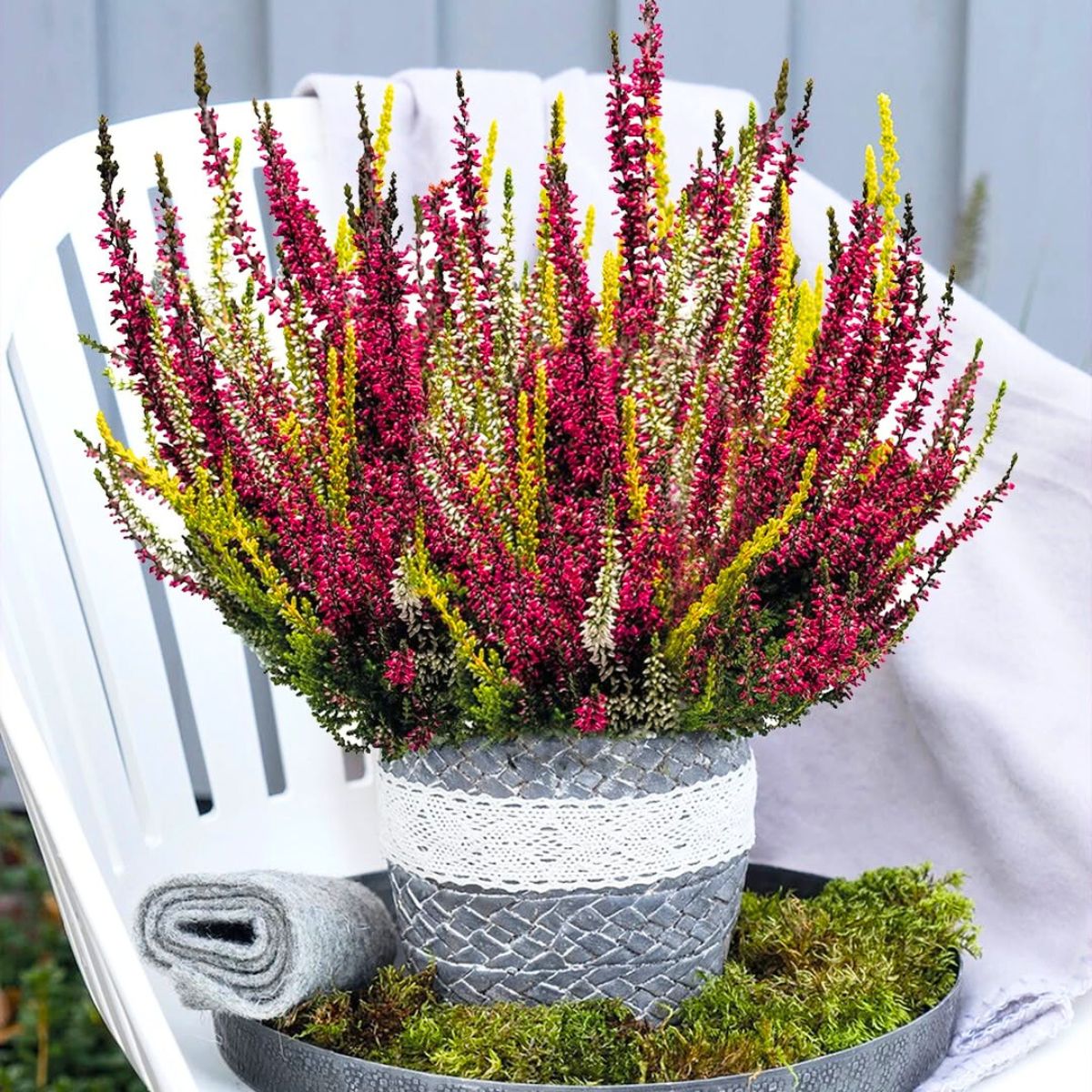
Cultural Significance Beyond the British Isles
While heather flower meaning is deeply rooted in Scottish and English mythology, its symbolism extends to other parts of the world. In Norway and Sweden, heather is seen as a hardy plant representing endurance and survival. In parts of Germany, it has been linked to protection against evil spirits. The color meanings remain consistent, though local beliefs add nuances, such as using white heather in rituals for blessings or purple heather in memorial arrangements for reflection.

Heather Flower Cultural Significance
The poem "Heather Ale" was written by Scottish author and poet Robert Louis Stevenson. The story of the Vikings and the Pictish King is told in this poem. The poem claims that in an effort to obtain the recipe for Heather Ale, the Vikings routed the Picts army and trapped the monarch and his son on a cliff. But rather than give up the recipe, the king would prefer to be flung down the cliff. Even though he loses the fight, he carries the recipe with him to his death.
This poem depicts not only the importance of heather to Scotland but how it grew beautifully and bountifully in many areas:
"There stood the son and father,
And they looked high and low;
The heather was red around them,
The sea rumbled below."
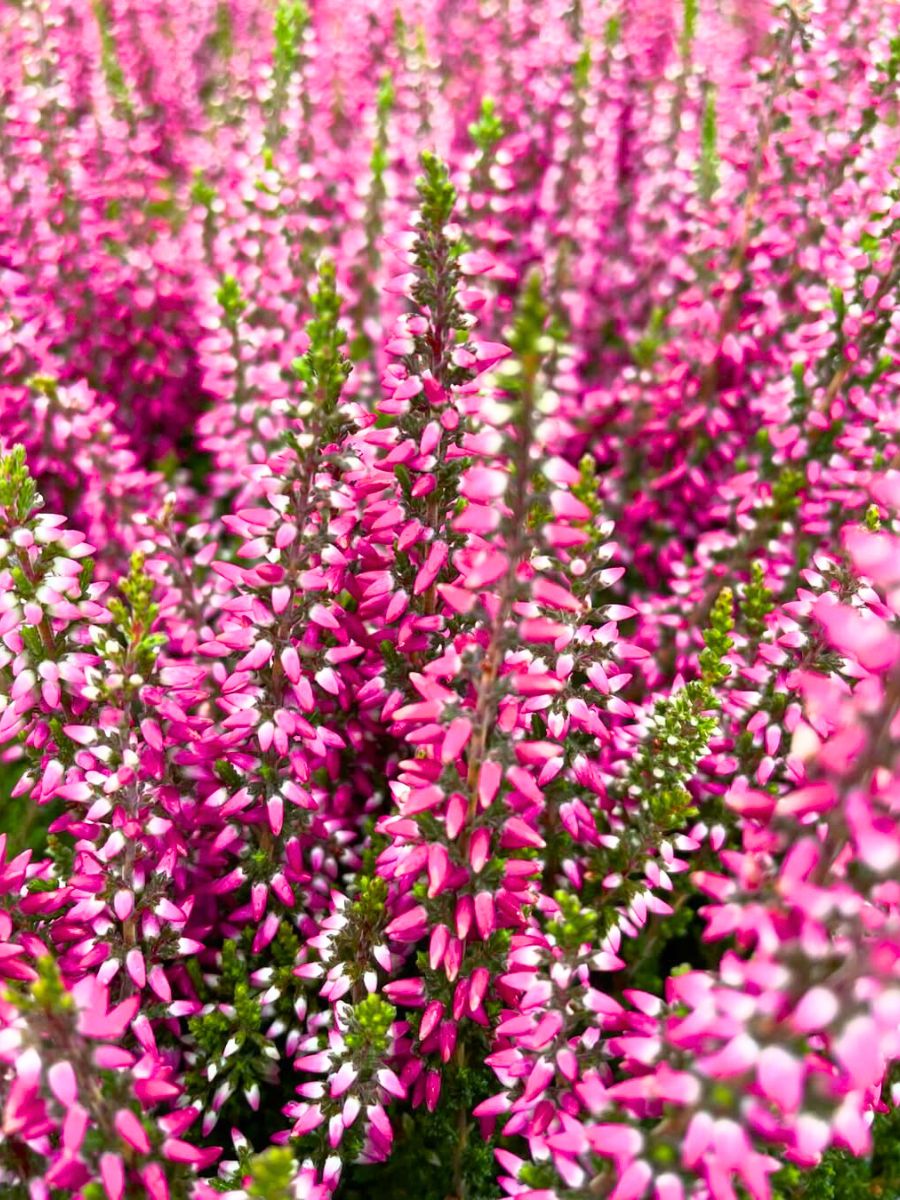
More Facts About Heather - A Wild, Free, and Full of Stories Flower
Heather flowers aren’t just pretty faces with deep meanings—they’re full of quirky secrets and fascinating features that make them truly stand out. From surprising seed counts to blooming habits, here’s a closer look at what makes these evergreen beauties so interesting:
-
To start off, they're resilient evergreen shrubs, meaning they retain their foliage throughout the year. This characteristic allows them to provide color and texture to gardens even in colder months, making them a favorite for year-round landscaping. Their hardy nature contributes to their symbolism of endurance and protection.
-
Typically, heather flowers bloom from July to September, offering gorgeous colors during late summer and early autumn. This blooming period adds charm when many other plants have already flowered. The timing also ties them to late-summer traditions and cultural festivals in regions like Scotland and Scandinavia.
-
Each small flower can produce up to thirty seeds, showing the plant’s impressive ability to propagate. This abundance of seeds reflects its symbolism of renewal, growth, and good fortune, as it spreads naturally across vast moorlands and hillsides.
-
Heathers thrive best in full sun with acidic, well-draining soil. They prefer open areas where they can absorb sunlight for most of the day. Their preference for acidic soil mirrors the rugged, natural environments of Scotland and Northern Europe, where they are often found covering wild landscapes.
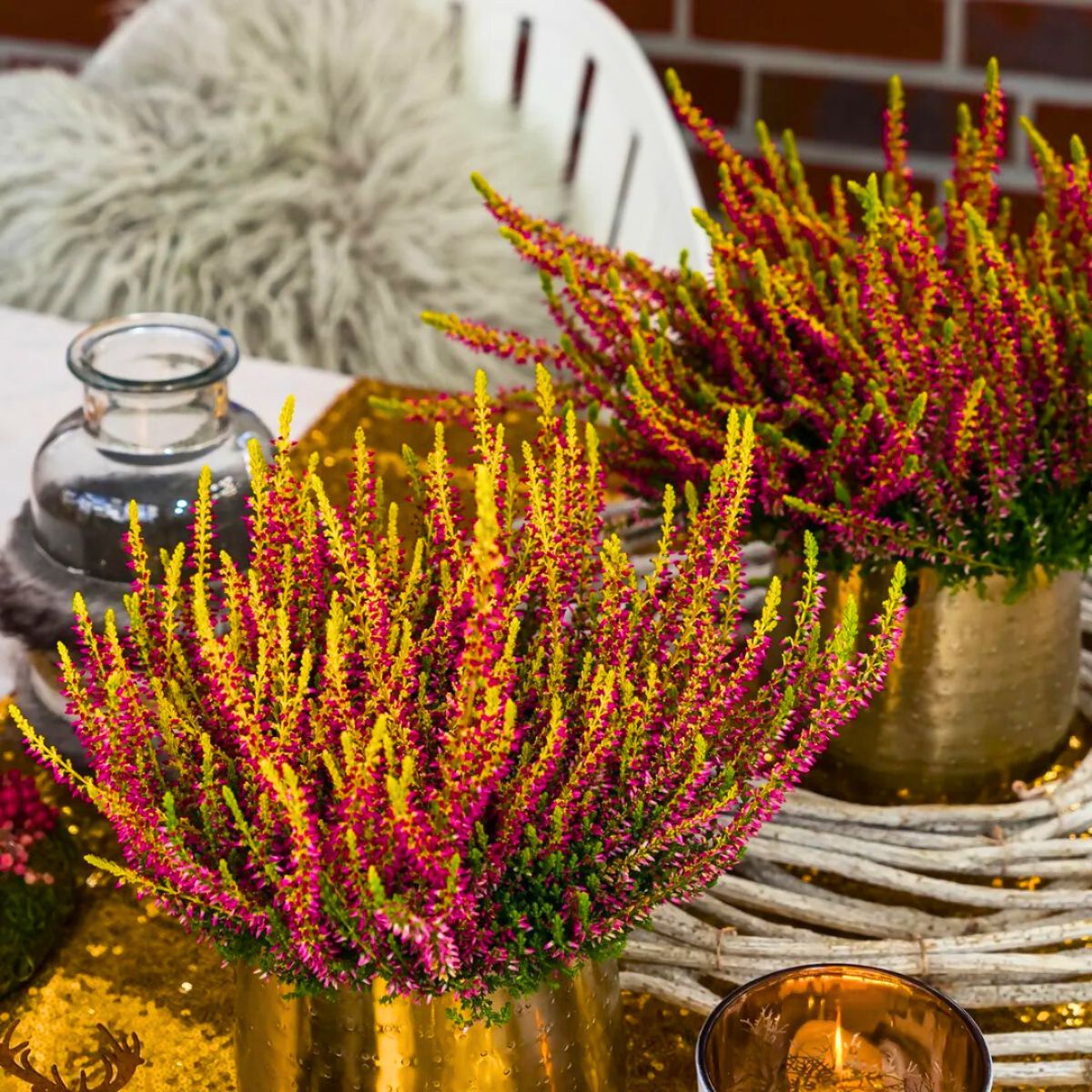
Did you know these impressive facts about Calluna vulgaris? They'll become your perfect spring and summer companions!

